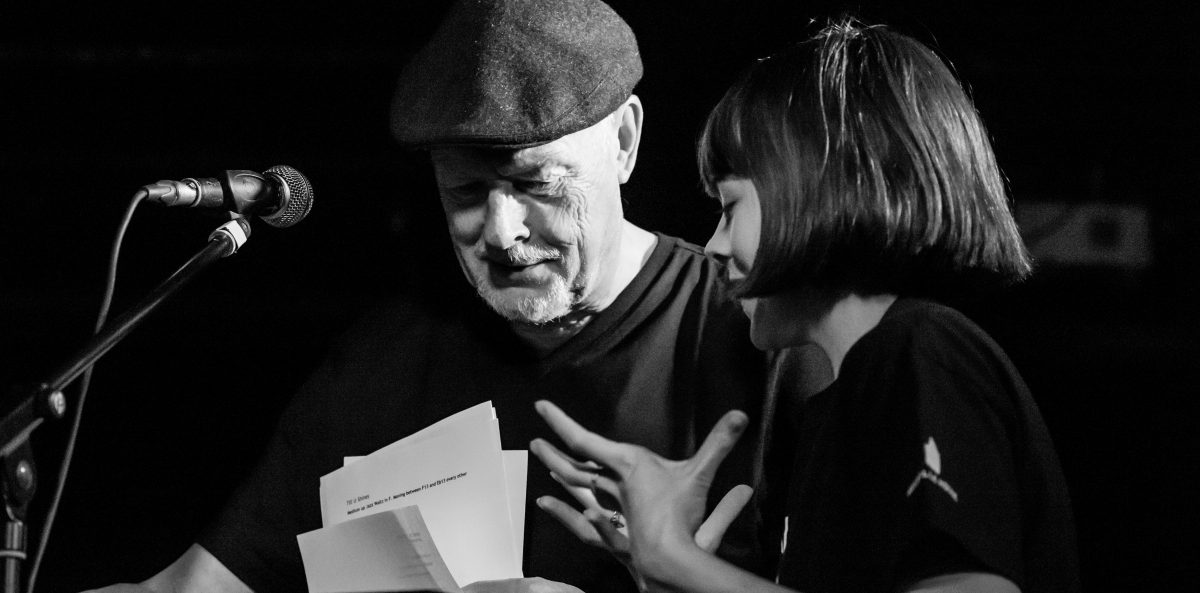When I visited the Helen Frankenthaler exhibition, Imagining Landscapes, at the Gagosian Grosvenor Hill recently, it was just a few days short of the anniversary of the death of the poet Lee Harwood, and he was very much on my mind. In particular, I remembered a conversation we had back in 2009, when I had not long begun a course in History of Art at Birkbeck College and was in the process of writing an essay about Frankenthaler. Lee recalled visiting her studio in the mid-60s with fellow poet and art critic John Ashbery and seeing Frankenthaler working on a canvas held on a low frame close to the ground, pouring paint directly onto the canvas from a number of cans that might have been old coffee tins.
As Eleanor Munro further described in Originals: American Women Artists …
She tacked a seven-by-ten foot piece of unsized, unprimed cotton duck to the floor and, working with oil paint thinned nearly to the consistency of watercolour, poured and pushed it in its meanderings. By this method, she … gained what watercolorists have always had – freedom to make her gesture live on the canvas with stunning directness.
It seems that she controlled and shaped the flow of the paint to some degree, using squeegees or sponges, so that the resulting painting was a mixture of accident and design, resulting, as another New York poet and art critic, James Schuyler, put it, “chanced beauty”.
As Frankenthaler herself said, “I think most of my accidents are predetermined accidents.”
The exhibition at the Gagosian – beautifully and spaciously displayed – has thirteen works, ranging from the early 1950s to 1970s and illustrating the artist’s progression from paintings which included some figuration to a purer abstraction – but an abstraction which never quite leaves behind a suggestion of landscape.





